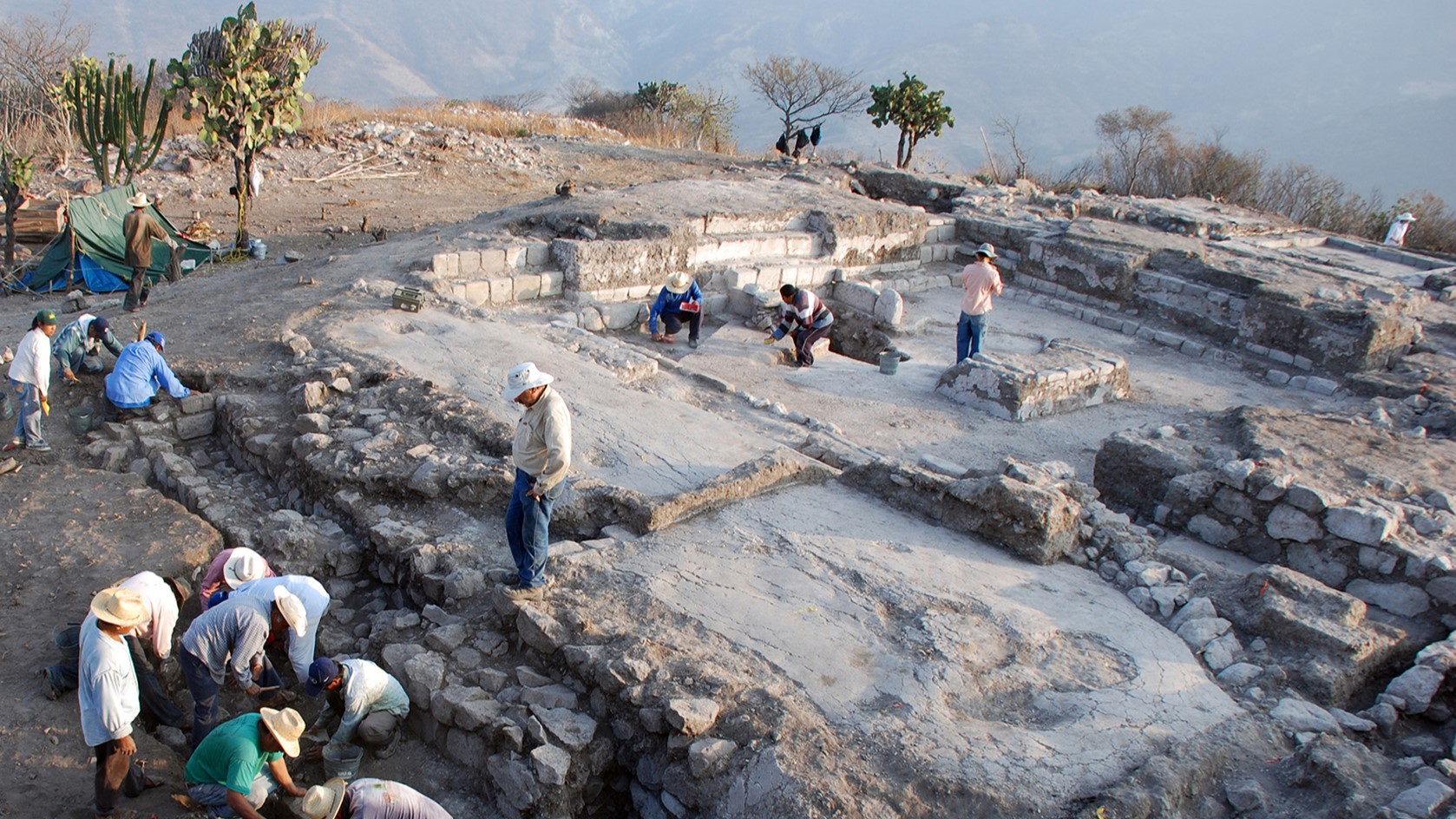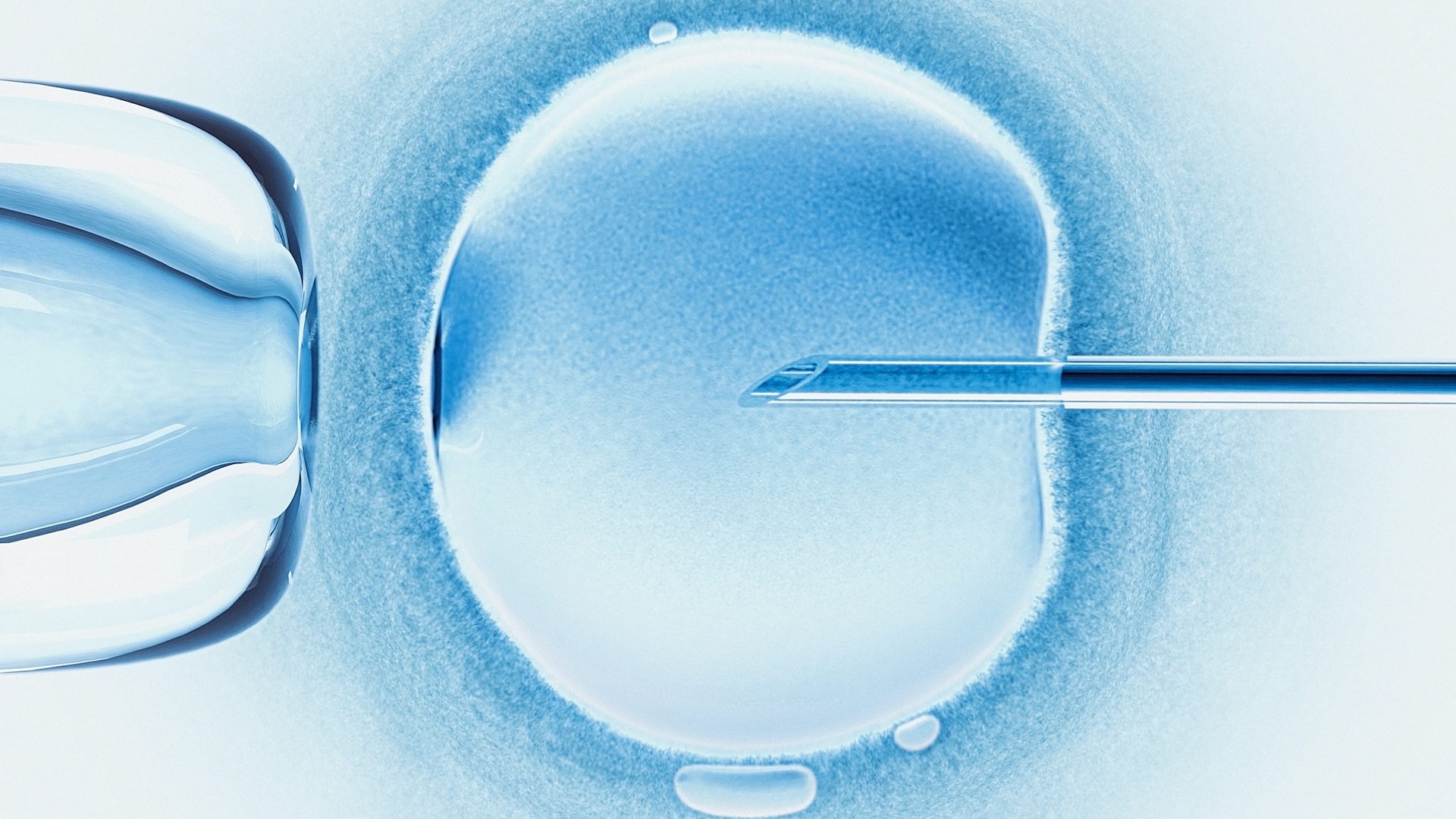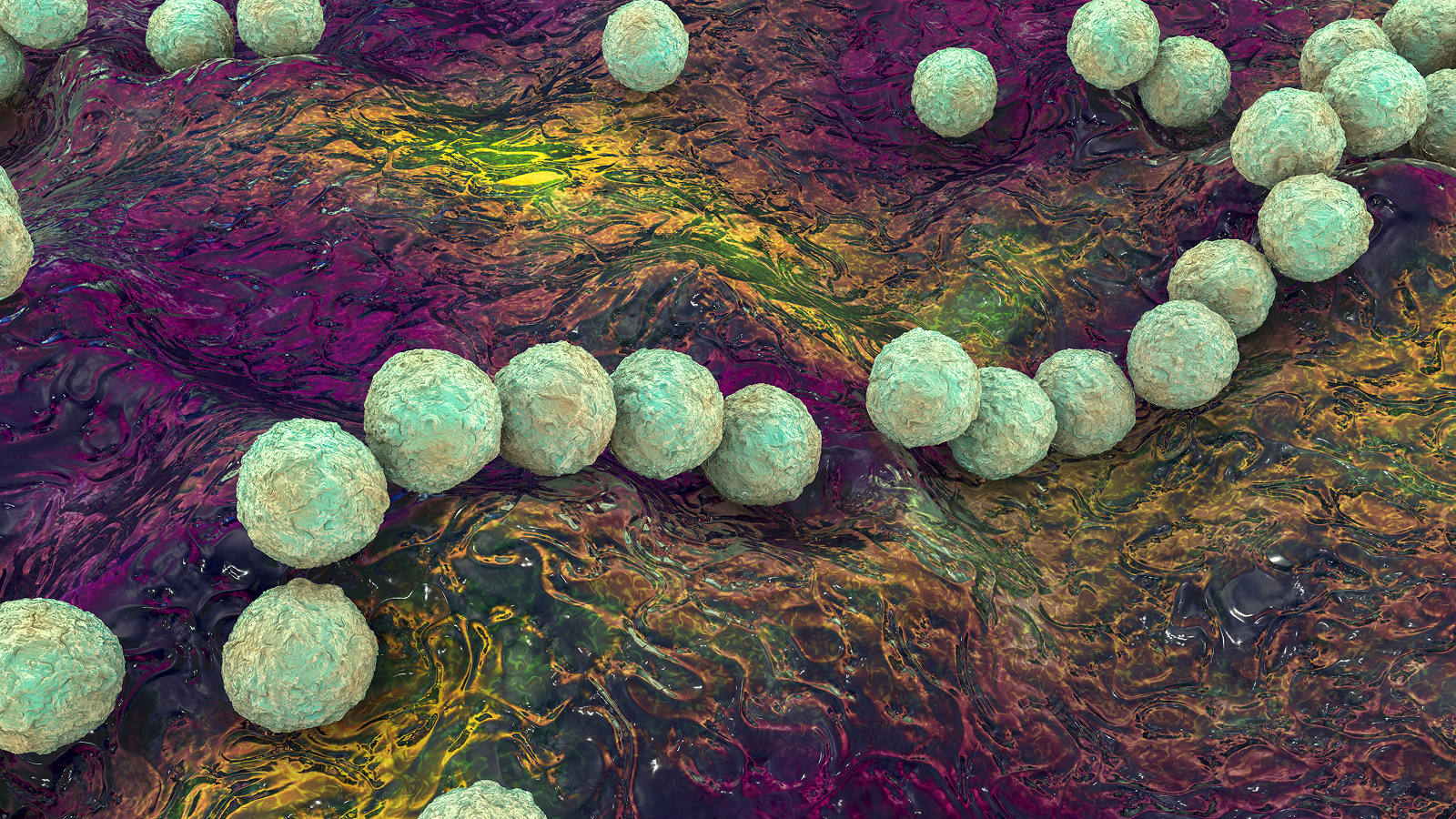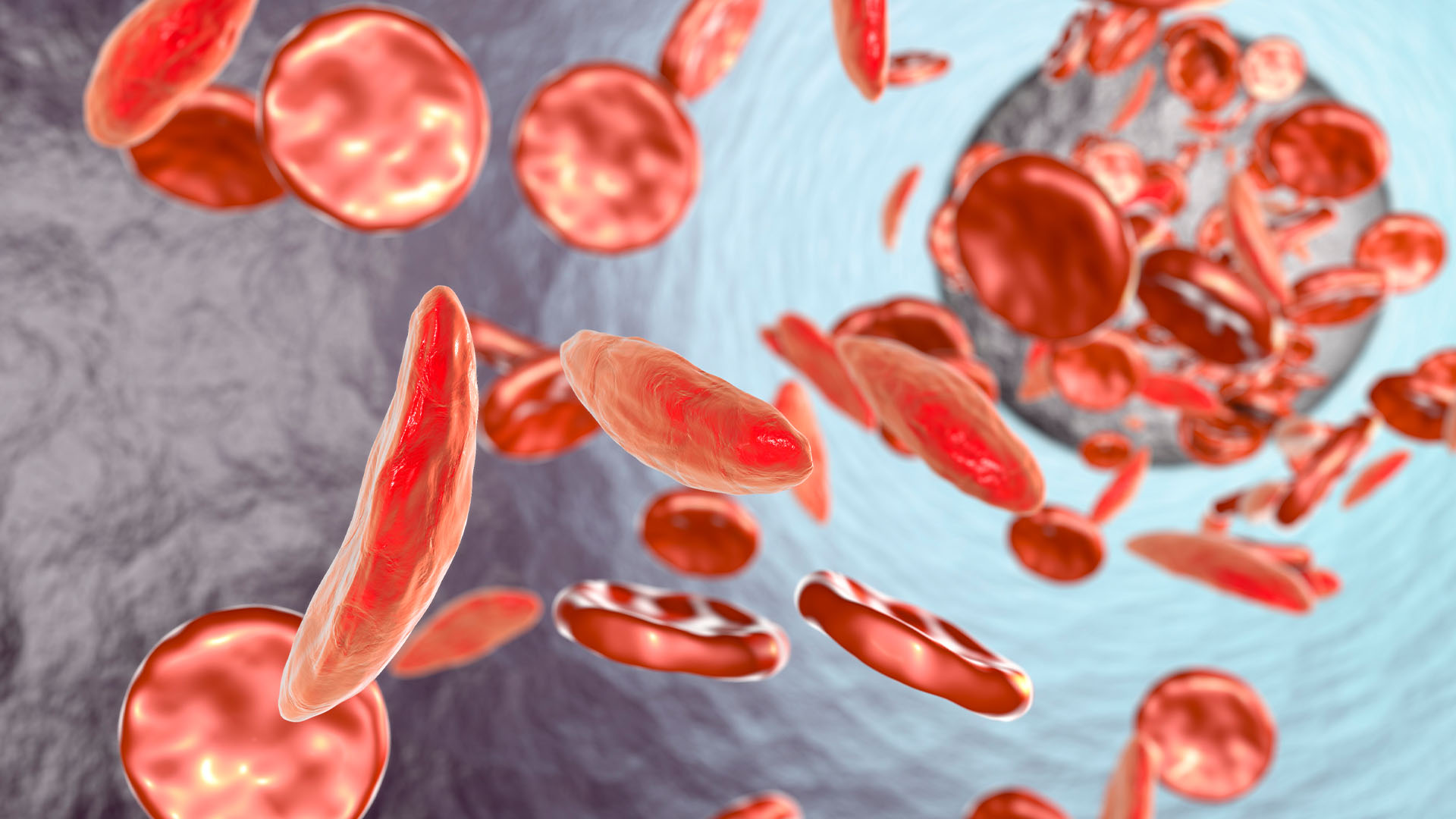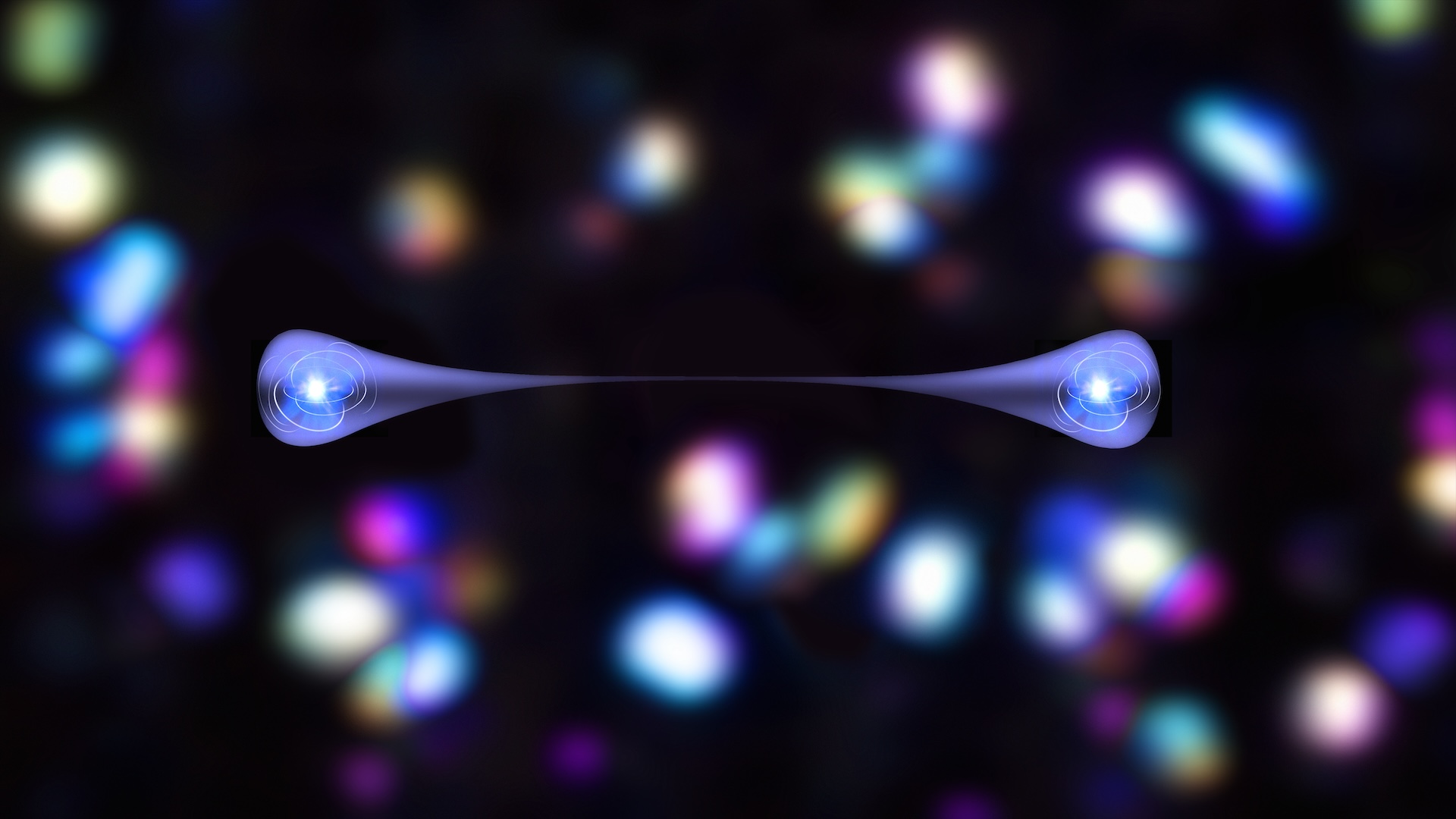Global Warming Sparks Increased Plant Production in Arctic Lakes
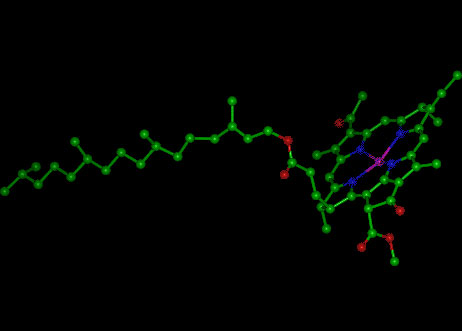
Biological activity in some Arctic lakes has ratcheted up dramatically over the past 150 years as a result of global warming, according to a new study.
In six lakes, researchers dug deep into the sediment to measure the amount "chlorophyll-a," the main pigment involved in photosynthesis. When plants convert sunlight to energy, they make chlorophyll-a.
The amount of chlorophyll-a is two to five times higher in recent times compared to ancient sediment, said Neal Michelutti of the University of Alberta.
"These recent increases really stand out because the chlorophyll-a concentrations have showed very little variability over the past several thousand years," Michelutti told LiveScience. "All of these increases have occurred within the last 150 years."
The results mean there is more biological activity, more production, in the lakes now compared to the past.
Other research hasshown dramatic reductions in the amount of ice cover in the Arctic. Effects of climate change on animals have been detailed in other work. The new study, announced last week, is one of the first to show effects of the melting on plant production. It was published in the journal Geophysical Research Letters.
"Lakes in the Arctic have extremely short growing seasons – typically they remain ice-covered for up to 10 months of the year," Michelutti explained. "A difference of only a few weeks [in the growing season] can have a huge impact biologically."
Sign up for the Live Science daily newsletter now
Get the world’s most fascinating discoveries delivered straight to your inbox.
Longer growing seasons create more plant food for Arctic animals.
"If you think of these lakes as sentinels of change they are telling us that recent warming, attributable in part to human activities, has already begun and the result is a dramatic change in the way that entire ecosystems function," Michelutti said. "The timing of these changes corresponds to the start of the Industrial Revolution and when humans first started having a major impact on global atmospheric chemistry," Michelutti said.
Robert is an independent health and science journalist and writer based in Phoenix, Arizona. He is a former editor-in-chief of Live Science with over 20 years of experience as a reporter and editor. He has worked on websites such as Space.com and Tom's Guide, and is a contributor on Medium, covering how we age and how to optimize the mind and body through time. He has a journalism degree from Humboldt State University in California.


